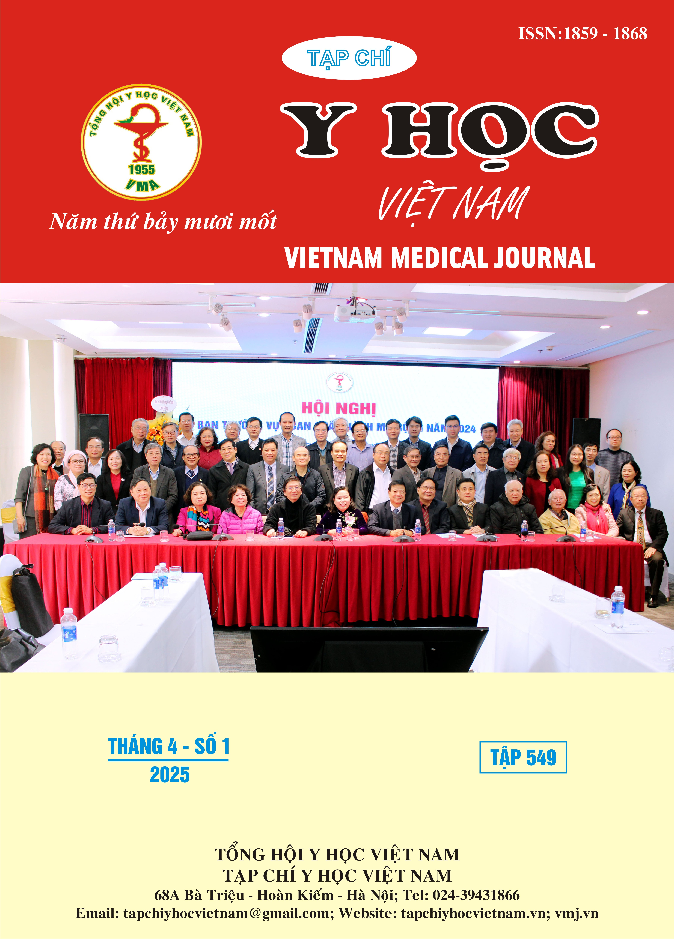MALIGNANT HYPERTHEMIA: A CLINICAL CASE REPORT
Main Article Content
Abstract
Malignant hyperthermia during anesthesia is a progressive, life-threatening hyperthermia reaction that occurs during general anesthesia. Malignant hyperthermia has an underlying genetic and genetically susceptible individuals are at risk of developing malignant hyperthermia if they are exposed to any inhaled anesthetic or depolarizing muscle relaxant. It can also be described as malignant hypermetabolic syndrome. There are no specific clinical features of malignant hyperthermia, and the condition can be fatal unless detected in its early stages and treated promptly and aggressively. Possible clinical signs and symptoms are tachycardia, hyperthermia, hypercapnia, acidosis, muscle stiffness, rhabdomyolysis, hyperkalemia, arrhythmia and renal failure. The mortality rate without specific treatment is 80% and reduces to 5% when using Dantrolene. This article presents the case of a 13-year-old patient who developed malignant hyperthermia during surgery scoliosis. After anesthesia, the patient is placed prone, surgery is performed, anesthesia is maintained with sevoflurane. During the surgery of maintaining anesthesia, symptoms of abnormally high EtCO2, rapid pulse and hyperthermia appear. The patient was treated according to malignant hyperthermia, removing inhaled anesthetic gas, resuscitating hypothermia to protect the brain, and using Dantrolene. After surgery, the patient continued to be treated in intensive care. The patient was awake, clinical and laboratory indicators were stable, and was extubated after 24 hours.
Article Details
Keywords
Malignant hyperthermia, increased EtCO2, Spine surgery, Dantrolene drug
References
2. Rosenberg H, Pollock N, Schiemenn A, Bugar T, Stowell K, "Malignant hyperthemia: a review," Orphanet J Rare diseases, vol. 10, p. 93, 2015.
3. Litman RS, Griggs SM, et al., "Malignant hyperthemia susceptibility and releated diseases.," Anesthesiology , vol. 128, pp. 159-167, 2018.
4. Glahn K, Ellis FR, Halsal PJ, Miller SR, et al, "Recognizing and managing a maligant hyperthemia crisis: guidelines from the European Maligant hyperthemia Group.," Br.J Anaesth, vol. 105, no. 4, pp. 417-420, 2010.
5. Larach MG, Gronert GA, Allen GC, "Clinical presentation, treatment and complicatiopn of malignant hyperthemia in North American from 1987 to 2006.," Anesth Anal., vol. 110, pp. 498-507, 2010.
6. Larach MG, Localio AR, Allen GC, Denborough MA, Ellis FR, Gronert GA, et al, "A clinical grading scale to predict malignant hyperthermia susceptibility," Anaesthesiology, vol. 80, no. 9, p. 771, 1994.
7. "A protocol for the investigation of malignant hyperpyrexia (MH) susceptibility.," The European Malignant Hyperpyrexia Group. Br J Anaes, vol. 9, no. 56, p. 1267, 1984.


